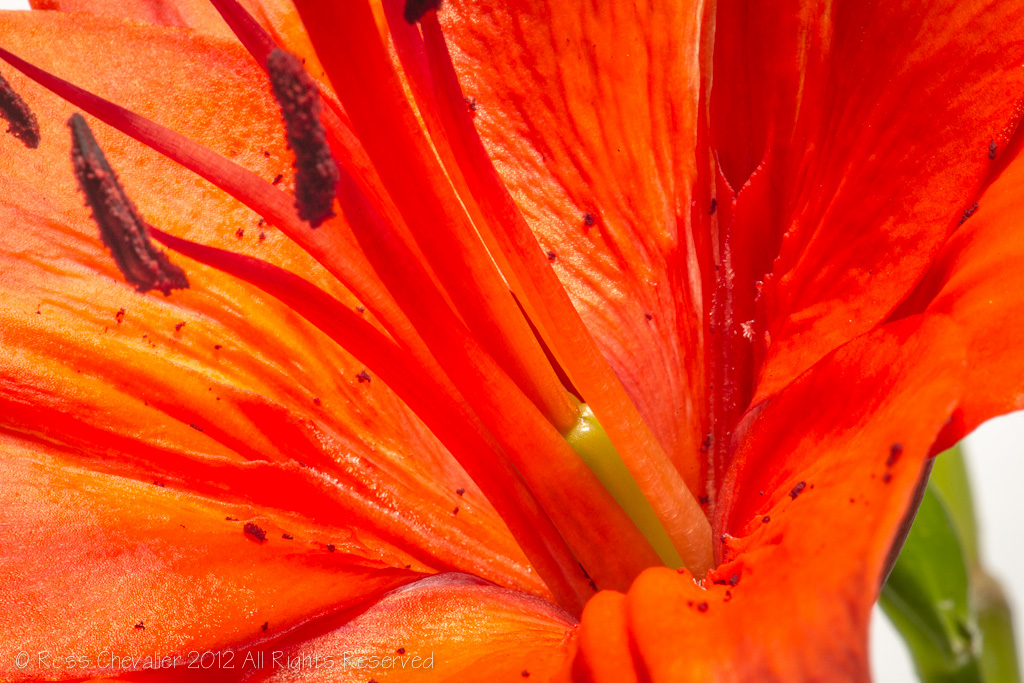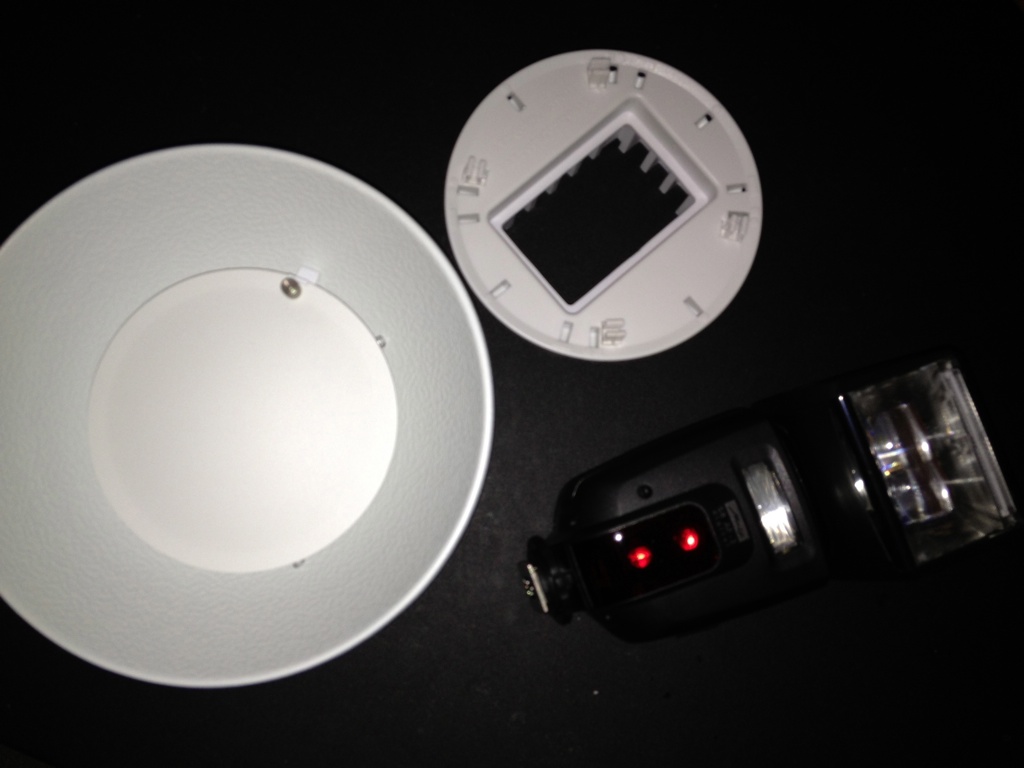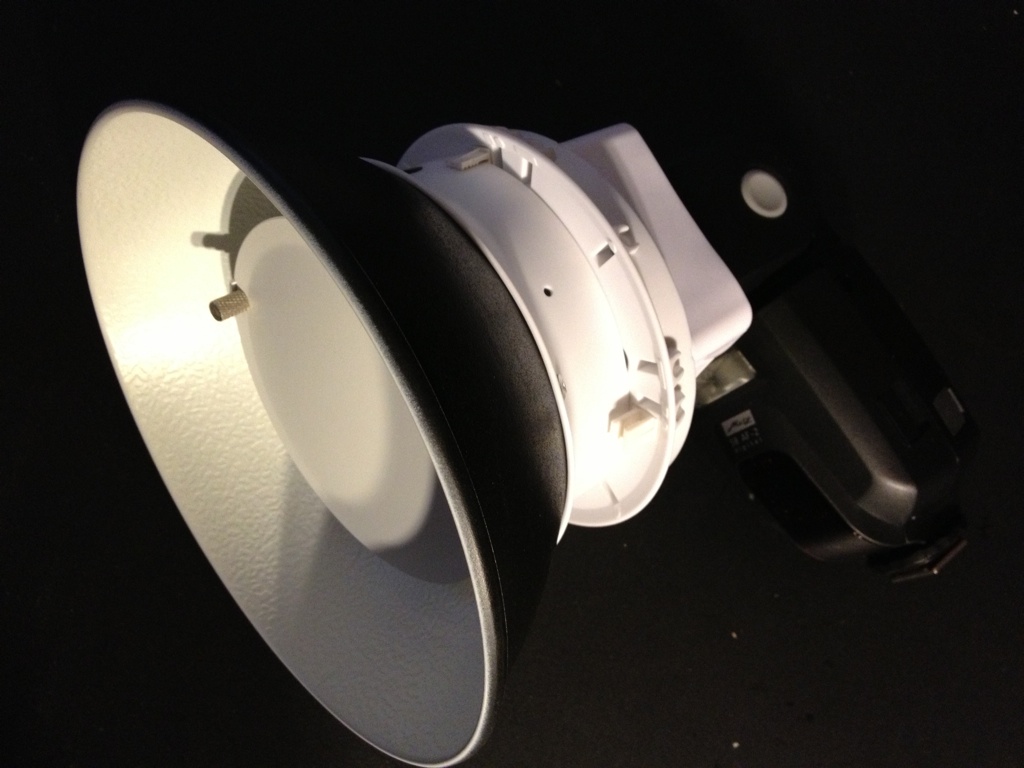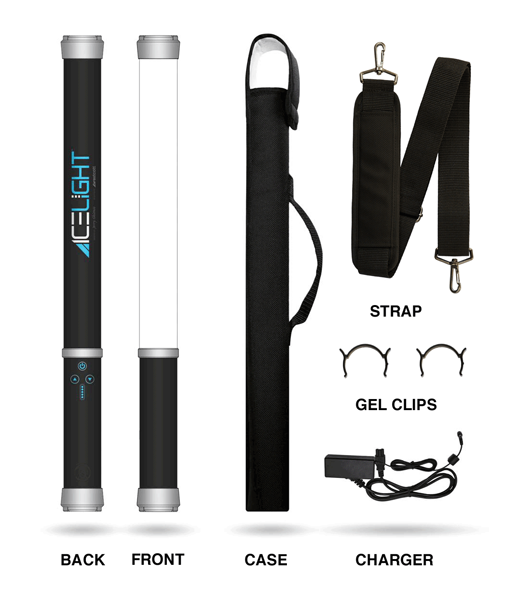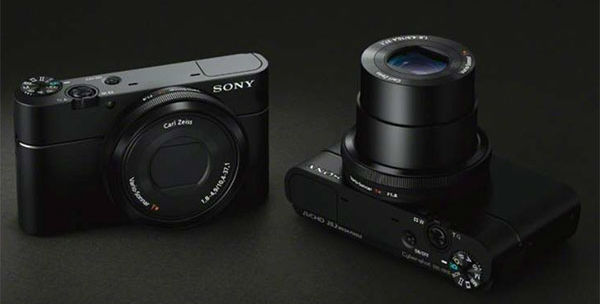 I've been shooting photographs for over 35 years and have tried all manner of cameras. From the days of film to today's digitals, I've enjoyed the practice of photography, be it with a 4x5, medium format, 35mm, full and crop sensor and micro four thirds. I've even owned point and shoots, although not many. I had a Canon G9 for years and nothing came along that would replace it, other than perhaps my iPhone. My point and shoot is my iPhone, but for the first time since the demise of the G9 that could change.
i arranged to borrow the Sony RX 100 following reading Steve Huff's review on his site. I respect Steve very much as his reviews are always balanced. That he's a Leica guy, just adds to the fun.
I've been shooting photographs for over 35 years and have tried all manner of cameras. From the days of film to today's digitals, I've enjoyed the practice of photography, be it with a 4x5, medium format, 35mm, full and crop sensor and micro four thirds. I've even owned point and shoots, although not many. I had a Canon G9 for years and nothing came along that would replace it, other than perhaps my iPhone. My point and shoot is my iPhone, but for the first time since the demise of the G9 that could change.
i arranged to borrow the Sony RX 100 following reading Steve Huff's review on his site. I respect Steve very much as his reviews are always balanced. That he's a Leica guy, just adds to the fun.
The RX 100 is Sony's newest point and shoot. Unlike most P&S cameras it has a 1" sensor, the same size as the Nikon 1 family. The lens is a fixed 3.6x zoom from Carl Zeiss. It's focal length is from 10.4mm to 37.1mm which maps to about 28mm - 100mm on a full frame. Max aperture starts at f/1.8 and drops to f/4.9 at maximum zoom. The first thing you notice about shots through the lens regardless of exposure mode is the image quality. I have Zeiss lenses for my M9 and they produce rich almost 3D images. The glass in the RX100 is similar to that. Very sharp and when shot wide open in the wide mode has a really nice bokeh. Normally, you cannot get shallow depth of field on a P&S, mostly because the sensors are so small. The 1" sensor coupled with the very fast maxumum aperture gives the kind of depth of field control you normally only find on a DSLR.
The sensor renders at about 20.2MP and you can shoot in RAW and/or JPEG mode. Note that the RAW format is very new so ACR and Lightroom don't have RAW converters yet. Sony makes software that they call Image Converter that can be downloaded at no cost. I use Macintosh computers and the software specifies support up to OS X 10.7. I did run it on OS X 10.8 and it worked most of the time, only crashing twice. Once Adobe and Apple get a converter done, you won't need the software and that's probably a good thing. For the sample images in this post, I used Image Converter to convert the RAW files to TIFF format before processing in Nik's Snapseed.
The JPEGs out of the camera (set to save RAW + Large JPEG) looked like JPEGs. You know, decent enough but with a lot of the detail gone. Using Apple's Preview to compare the TIFF and JPEG images, the difference is significant and visible.
In order to test the camera as a buyer might, I shot most of the photographs in automatic mode, using a variety of viewpoints and exposure situations. Overall the images were very good, with even backlit scenarios being corrected properly.
The autofocus is very fast, and works well in low light (with focus assist) and handles low contrast well. In addition to the Intelligent Auto mode, there is Superior Auto. It adds blur protection and noise reduction. It works very well indeed. The auto modes are complemented by the usual suspects of Program, Aperture Priority, Shutter Priority and Manual. The lens has a ring around it that takes on different roles depending on the mode. For example, in Av, it allows you to control the aperture selection, in Tv it controls the shutter speed. Manual mode is particularly impressive. The lens ring controls the aperture, and the rear selector wheel controls the shutter speed. The camera provides direct exposure simulation as you modify the settings which is very usable. The LCD is extremely bright and incredibly sharp so using the LCD without a proper viewfinder is still very workable.
There is of course a movie mode at 60fps in either interlaced or progressive modes. Video is very good, although the light weight of the camera tends to introduce shake. Sony incorporates their Steady Shot technology and it does a decent job. A nice function is the ability to use AVCHD or MP4 as the storage modes.
Panoramas are very common in P&S cameras these days. Sony calls their implementation sweep mode and it is very easy to use, and works really well. It works in both horizontal and vertical shifts, so you can do panoramas in any orientation.
There are a number of of scenes in scene mode as you would expect. Sony has done a good job of covering the bases and added a few. Portrait, Landscape, Sports, Food, Macro, Sunset, and Night Scene are implemented. Sony adds Pet (apparently they've seen the endless cat images on the web), Handheld Twilight (reduces blur in low light), Night Portrait, Fireworks and High Sensitivity (basically ISO push). The auto modes will make smart decisions about which scene settings to use and is surprisingly accurate.
Minimum aperture is f/11 which gives great depth of field, similar to f/32 on a full frame. Shutter speed range is 1/2000 to 30s plus bulb mode. The camera has a drive mode which is selectable for single shot, burst (up to 10fps), Speed Priority Burst, 10s self timer, a Self Portrait Self timer, a 10s timer that takes three shots when it completes, a 3 shot bracket with +- 0.3 EV or 0.7 EV and a White Balance bracket mode with Low or High shift settings.
In addition to the expected Auto ISO, it is selectable between ISO 80 and ISO 6400. In Auto mode you can select the Maximum and Minimum ISOs that the camera can select.
The default metering mode is a multi pattern mode that handles diverse lighting situations very well. You can also choose from Center Weighted Average and Spot metering.
The Fn button is fully programmable, but in default mode cycles through selectors for Exposure Compensation, ISO, White Balance, Dynamic Range Optimizer and Picture Effect. Usability is high and the simulation capability shows what the shifts in exposure or white balance will look like. It's very simple and quite brilliant.
Images are stored on either Memory Sticks (boo hiss) or SDHC or SDXC cards (yea!). The card slot is beside the Lithium Ion battery. The battery is small and is rated for approximately 330 images on a charge. For a camera this capable, I would have preferred a larger capacity battery. A spare will be necessary for serious shooters. My tests were done with a 32GB Transcend card and it worked fine although it's not my first or second choice for production. You can pull the card to import photos or connect to your computer with the supplied micro USB cable. Unfortunately, you'll need this cable to connect to the supplied wall wart to charge the battery as there is no external charger. This is typical for Sony and is one of the major drawbacks of Sony products as you cannot be charging a battery while using the camera. It's dumb and Sony should get with the program.
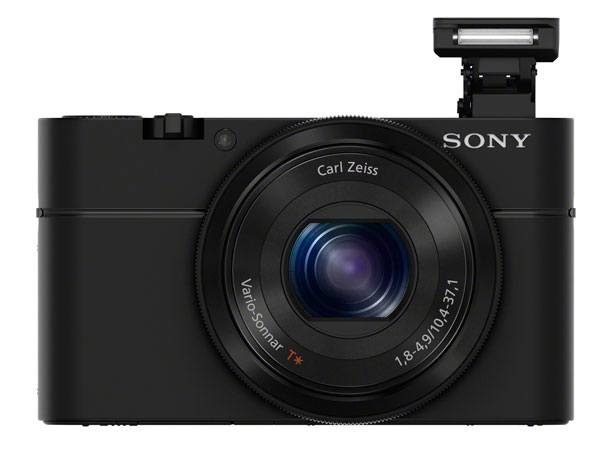 From a physical perspective the camera is truly shirt pocket sized with the lens closed. The lens cover is integral so no parts to lose. Body construction is metal and feels really well built. In addition to the shutter release and mode dial on top is the power button and zoom rocker. On the back is the selector wheel / 4 way rocker and four other buttons, Fn, Help, Play and Menu. There is a dedicated recessed button to start and stop video. In addition to the covered USB port on the right side, the bottom plate gives access to the battery / memory card slot and a micro HDMI port. There is a tripod socket that is conspicuously made out of steel.
From a physical perspective the camera is truly shirt pocket sized with the lens closed. The lens cover is integral so no parts to lose. Body construction is metal and feels really well built. In addition to the shutter release and mode dial on top is the power button and zoom rocker. On the back is the selector wheel / 4 way rocker and four other buttons, Fn, Help, Play and Menu. There is a dedicated recessed button to start and stop video. In addition to the covered USB port on the right side, the bottom plate gives access to the battery / memory card slot and a micro HDMI port. There is a tripod socket that is conspicuously made out of steel. 
There is of course a built in pop-up flash. Power specs are a bit optimistic but it does the job. As you'll see in the image, it looks like a Transformer arm when extended and I am worried about the durability. When I was first using the camera, the flash would try to deploy and be blocked by my left hand. That's acclimatization on my part. Closing the flash feels awkward and increases my concern about durability.
Overall, I am extremely impressed with this camera. It may end up being the camera that replaces the iPhone 4S as my point and shoot. The quality of the automatic modes, coupled with the rich overrides make it eminently usable. If only it had an optical viewfinder, it would be perfect.
Pros:
Great lens, terrific construction, excellent image quality
Cons:
Flash stalk seems fragile, no optical or eye level viewfinder
Highly Recommended
Here are some sample images shot with the camera and processed with Nik Snapseed from TIFF files created from RAW by Sony's Image Converter software.
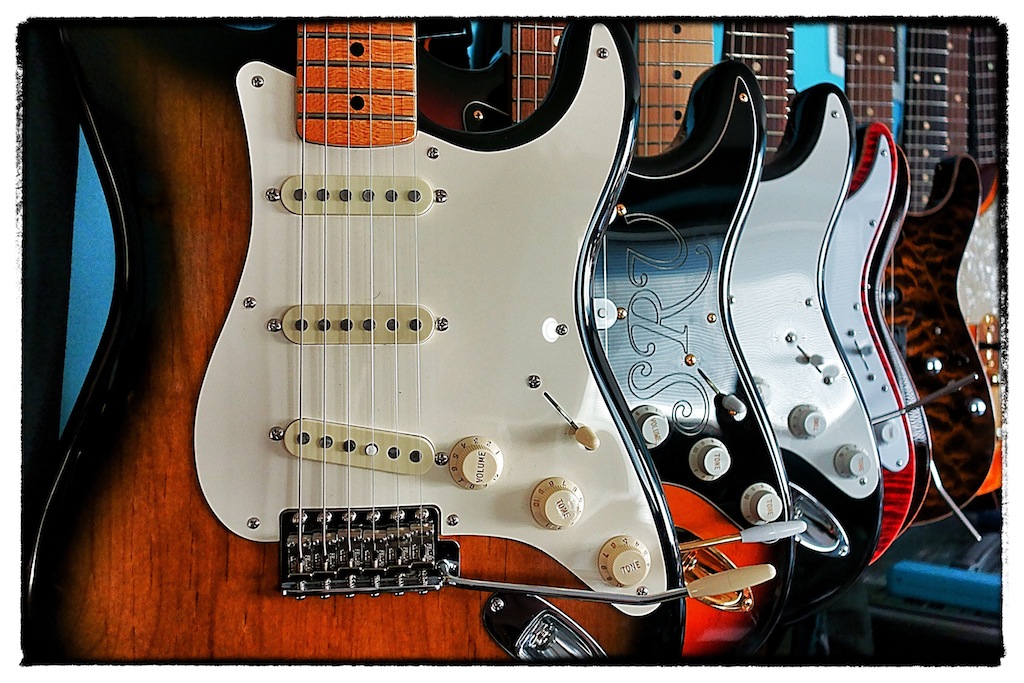
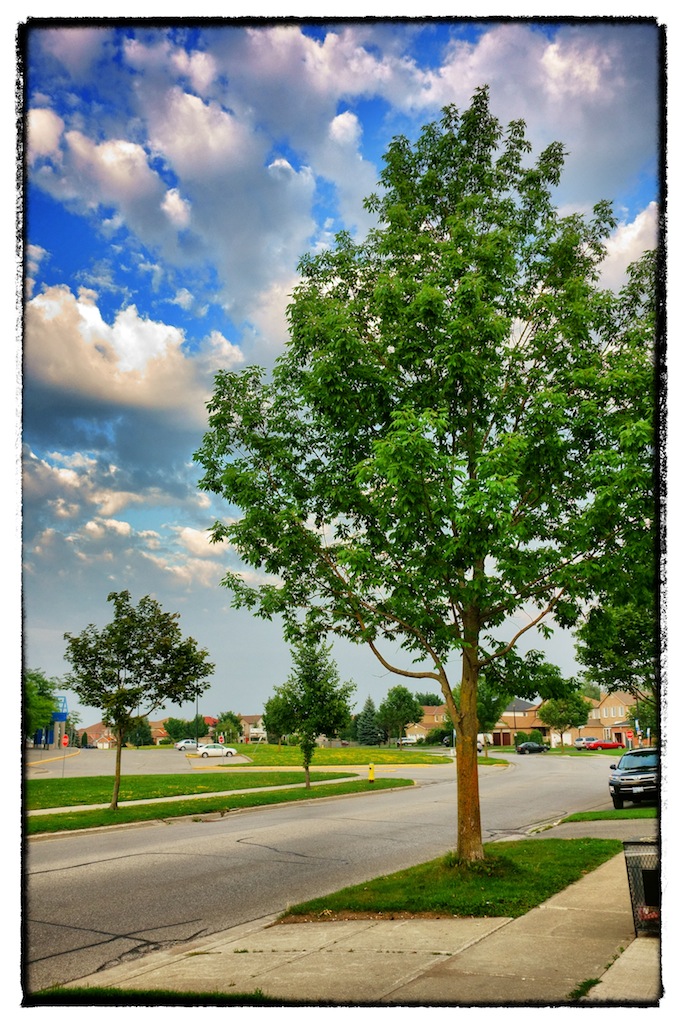
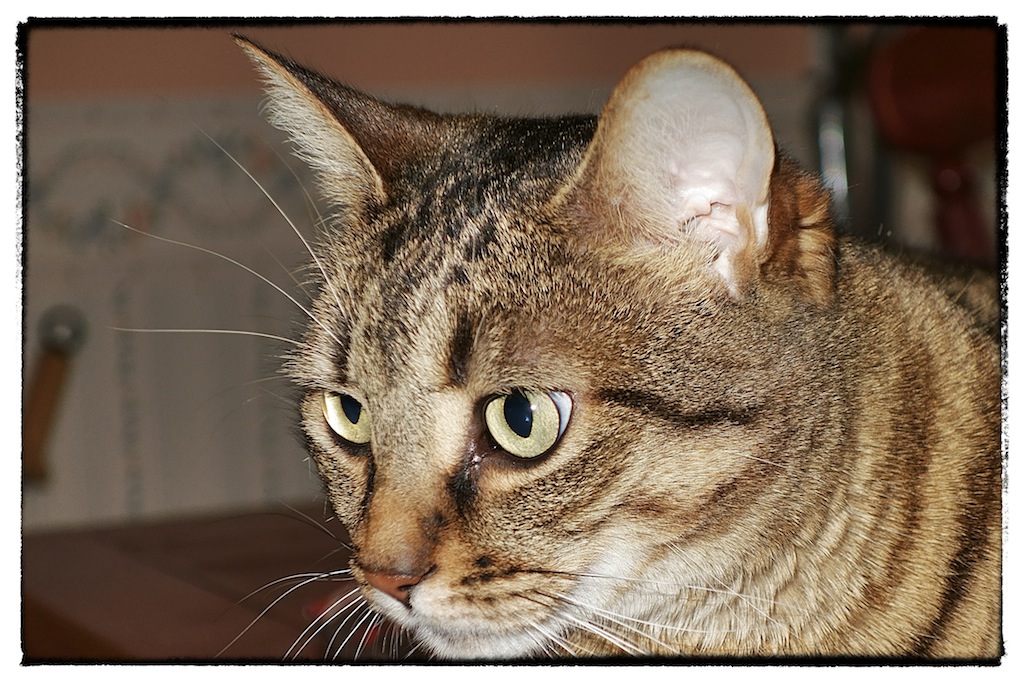

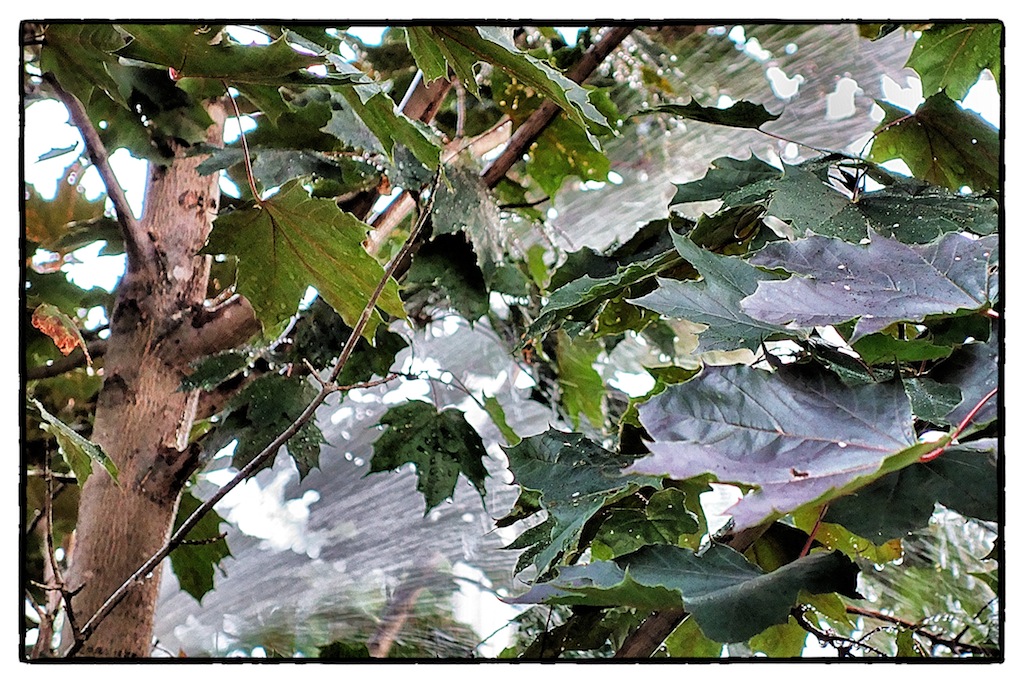

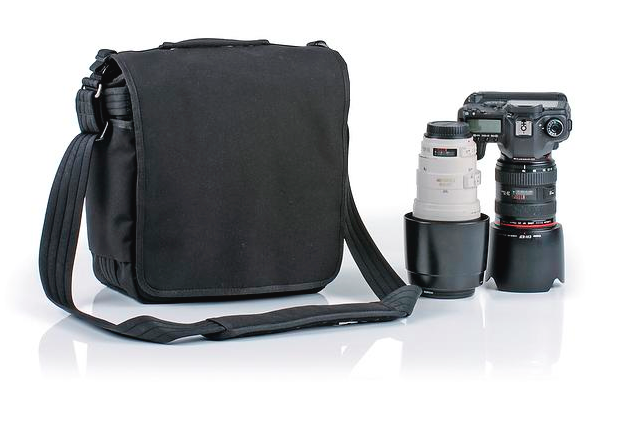
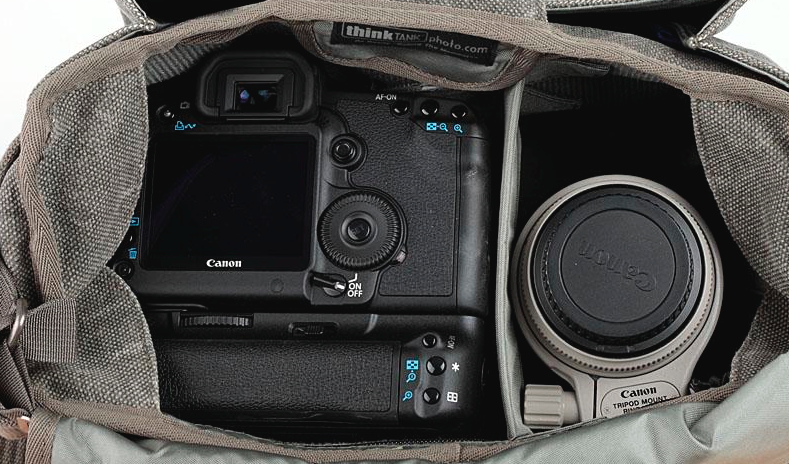 Canon 1D Mk IV with Canon 100-400L mounted
Canon 7D Body
Canon 2x Converter III
Metz 58 AF-2 flash with off camera cord
RRS Flash bracket
Think Tank Memory Card holder
Lenspen
Microfibre cloth
Canon 1D Mk IV with Canon 100-400L mounted
Canon 7D Body
Canon 2x Converter III
Metz 58 AF-2 flash with off camera cord
RRS Flash bracket
Think Tank Memory Card holder
Lenspen
Microfibre cloth Think Tank has a graphic that is reminiscent of an X-ray to give you an idea of how the bag could load up.
Think Tank has a graphic that is reminiscent of an X-ray to give you an idea of how the bag could load up.




